Pacific Northwest Ballet’s Sleeping Beauty
4.5 STARS OUT OF 5 (Want to know what our star ratings mean? Check out our review formatting here)

The original The Sleeping Beauty by Marius Petipa is regarded as the highest achievement of 19th-century ballet, premiering in St. Petersburg at the Maryinsky Theatre in 1890. Since then, it has become a staple in ballet companies across the world and has been adapted countless times. There’s something about the purely classical style and the moving Tchaikovsky score that lifts the ballet beyond its fairy-tale simplicity and gives it a new level of historical and artistic power. Audiences might recognize a lot of the music from Disney’s Sleeping Beauty, as much influence was taken from the Tchaikovsky score.
Pacific Northwest Ballet’s version of the enduring ballet is staged by Ronald Hynd, after the original and based heavily upon the Royal Ballet in London’s production as first created for the English National Ballet. Now, exactly 18 years after its Seattle premiere, PNB is ready to send off Hynd’s Sleeping Beauty with a final farewell run, complete with two dancers debuting as Princess Aurora.
Angelica Generosa and Laura Tisserand are coming into the role for the first time, Rachel Foster and Leta Biasucci are returning for their second run, but only the radiant Lesley Rausch is playing the landmark role for the third time. Her performance on Friday reminded everybody of her exquisite lines, remarkable balance, and powerful acting skills.
Prologue: The Christening (or, blessings on blessings on blessings)

The ballet begins with a Prologue that is just as long as the other three acts, wherein a baby Princess Aurora’s christening is attended by seven fairies. Each fairy bestows upon her an intangible gift: beauty, temperament, purity, joy, wit, generosity, and wisdom. The King and Queen are grateful to them, and the royal court is in celebration when the wicked fairy Carabosse (which literally means face-pimple) arrives. Furious at not being invited, Carabosse snatches the hair off the Master of Ceremonies Catalabutte’s head and curses Aurora; the child will prick her finger upon a spindle at the age of 16 and die. Luckily, the Lilac Fairy of Wisdom, the most powerful fairy, changes the curse so that Aurora will fall into a deep sleep for one hundred years to be awoken by a prince.
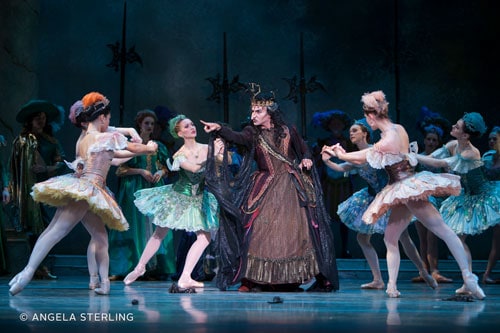
Standout performances: Margaret Mullin as the Fairy of Purity was both careful and alluring, turning the frankly simple choreography into a mesmerizing study in precision. Angelica Generosa in the Fairy of Joy was swift, bubbly and exciting, causing the audience to giggle and erupt with applause. Johnathan Poretta as Carabosse was contrastingly funny and genuinely scary. It’s a hard character to pull off, and he accomplished it readily. The newly promoted soloist Elle Macy danced the Fairy of Generosity, and showed just why she was promoted with her dazzling technique. Finally, Lindsi Dec was the Lilac Fairy, and her technical prowess was matched only by her soft, glowing demeanor. Even as she overpowers Carabosse, she never feels dangerous or leveraging–her word (or pantomime, as it were) is simply law.
Act I: The Curse (or, when everyone forgot the one thing that was vitally important)
16 years later, Aurora’s birthday party is in full swing, organized by MC Catalabutte. A familiar-looking old hag is almost executed for having a spinning wheel, but is spared by the Queen. Aurora enters for the first time, and displays all of the qualities that had been bestowed on her at her christening, as well as a certain youthful nervousness. This is the first time she has really been presented to the world, and she must look her best.
4 dukes arrive, and each courts the young princess in an attempt to win her hand in marriage. They present her with roses in the famous (or infamous) Rose Adagio.

The hag shows up again and presents Aurora with a spindle. The princess is delighted and dances excitedly until she pricks her finger and falls into a coma. The Lilac Fairy and her attendants set the whole kingdom to sleep and grow thick trees and vines to protect them.
Standout performance: Lesley Rausch is absolutely incredible as Aurora. A veteran to the role, she enters with youthful glee, demonstrating humility, hesitancy, focus, confidence, and precision; all things expected of young royalty. In the Rose Adagio, Rausch must stand on the toes of one foot for an eternity, balancing unsupported for ages without showing even a hint of struggle. It is very clear what is expected of her, and to fail even slightly would be to disappoint the audience and herself. It’s one of those moments of performance where the character and the actor are doing the same thing; Aurora is showing her talents to her suitors, to the court and to the world, while Ms. Rausch performs for the audience, her coworkers and friends, and the outside world of social media.
Aurora’s variation after the adagio is to very quiet music, with much of it performed by a solo cello. Rausch embodied gentleness and grace, making the audience forget the difficulty of the steps and the strength required of her. Her musicality was spot on, and the smoothness of motion never crossed the line into the otherworldly—Aurora is a human, even if one blessed by fairies. See a recording of Leta Biasucci dancing the coda after the variation here.
Act II: The Vision and the Awakening (or, SPOILER ALERT: She Wakes Up)

100 years after Act I, in a nearby kingdom, a young Prince Florimund (played by the regal Jerome Tisserand) and his friends prepare for a hunt. The costumes have been greatly changed, cementing the time change into the Baroque period. Florimund sends his friends off without him, and the Lilac Fairy appears to him. She conjures a vision of Aurora, and the prince dances with her. The Lilac Fairy brings Florimund to Aurora’s rearing place, and after a short struggle, the prince kills Carabosse and kisses Aurora, awakening the entire kingdom.
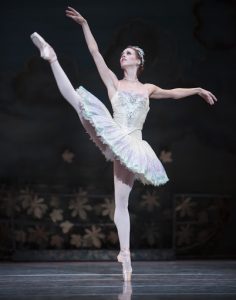
Standout performances: Once again, Rausch is a highlight. In the Vision Scene, her dancing has an ethereal quality. She is no longer bound by her humanity, and thus floats and soars above the stage. She is smooth to the point of liquidity, and light as a feather. Unfazed equally by the slow movements and by the quick ones, Rausch appears to be moving as if through water. Her variation was an incredible example of control and technique, and her extensions were once again perfect.
Jerome Tisserand reaches amazing heights with his jumps and is a beautiful dancer by himself, but he’s an even better partner, effortlessly floating Aurora through the air above his head.
Act III: The Wedding (or, a storyless series of dances)
Princess Aurora and Prince Florimund have invited many characters from fairy tales to their wedding, like Puss in Boots, Red Riding Hood, and the Bluebird and Princess Florine (not a popular fairy tale in America, perhaps, but beautiful dancing nonetheless). The guests bring precious jewels and entertain the court with divertissements—literally distractions; short dances in a ballet that don’t affect the story. At the end of the festivities, Aurora and Florimund dance a Grand Pas de Deux and the Lilac Fairy is revealed in the sky, blessing the newlyweds.
The Silver and Gold Pas de Trois was the first divertissement, with Steven Loch, Elizabeth Murphy, and newly promoted soloist Dylan Wald. Their adage was clean, and all three had spectacular lines. Next, the men danced together. While the dancers were great, the choreography was rather uninspiring. Ms. Murphy’s solo was wonderful, contrasting the slow quality of the adage with an energetic, bouncy variation. The Silver and Gold divertissement ended with a coda, which redeemed the men’s choreography and ended beautifully.
Next was Puss in Boots and the White Cat, danced by Guillame Basso and Leah Merchant. There wasn’t much dancing, but instead character humor, which felt a little dated. One thing of note is that the dancers repeatedly performed a step called a pas de chat, which means step of the cat. It’s funny that the step of the cat be used literally to represent catlike behavior, when it’s usually used in very different contexts.
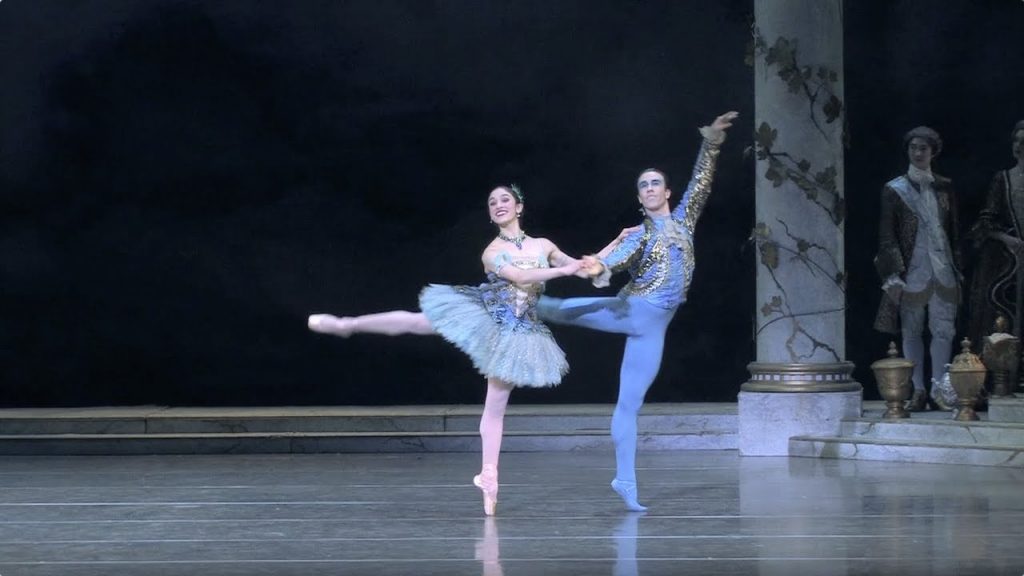
Leta Biasucci as Princess Florine and Kyle Davis as a surprise Bluebird then dance their pas de deux, with Florine listening to Bluebird sing (represented by a flute). Their adage is successful, even though Davis’s performance was unplanned. Biasucci’s arms moved beautifully, moving with purpose and stretching out gracefully. Davis spent a lot of time up in the air, his powerful legs beating into each other midair appearing to propel him higher and for longer.
In Davis’s variation , he spent more time in the air than he did on the ground, legs fluttering and seemingly flying. Biasucci’s variation was similarly weightless, though there were no jumps and instead flawless pointe work. Their coda (see a recording from 2014 here) was impressive and gravity defying; both dancers hovered in the air after each jump, hanging in space effortlessly. In ballet, this quality is called ballon.
Red Riding Hood and the Wolf was similar to the Puss in Boots divertissement in that it was mostly a comedic character dance. The Wolf leaves the stage after scaring the girl and comes back dressed in a nightgown, and Red Riding Hood jumps into his arms.
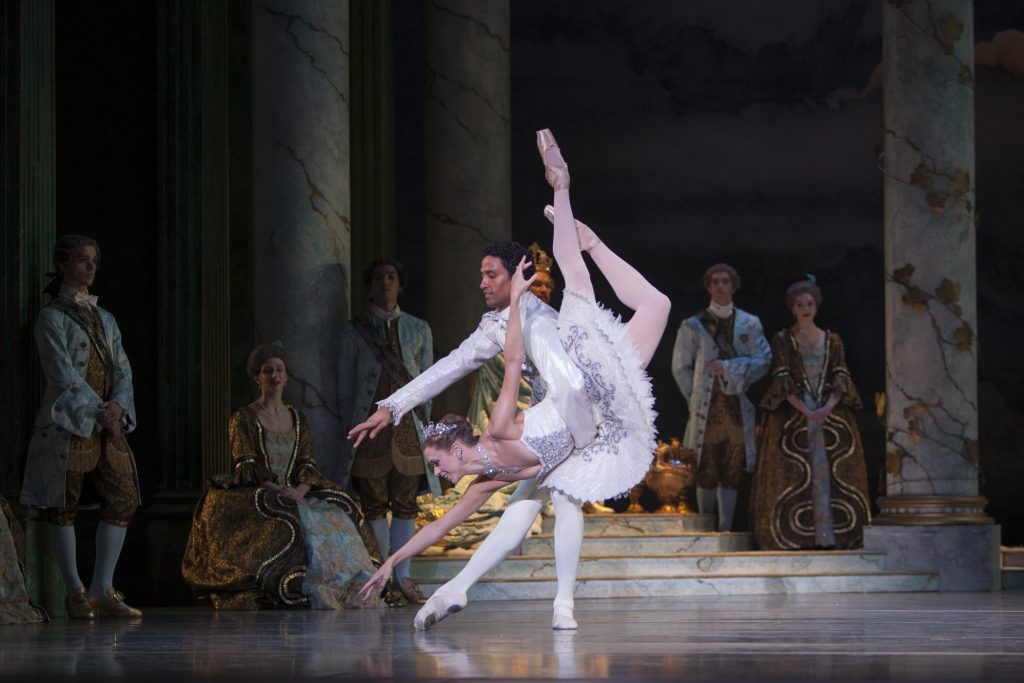
Finally the Grand Pas de Deux has arrived. Aurora and Florimund are in sparkling costumes and glitter in the stage lights. They go on to perform one of the hardest dances in ballet.
The adagio starts out very exposed and precise, with quiet and delicate movements and music. There are no tricks to hide behind; they must be perfect. Rausch’s balance is again enthralling, and Tisserand’s flawless partnering allows for her to be expressive. Aurora shows maturity and growth with a confident demeanor; she’s performing just as much to the audience as she is to her court. As Tchaikovsky’s music ramps up, so too does the dancing, with tricks like huge lifts and quick turns, culminating in the famous series of ‘fish dives’. The dance then returns to the delicate quality, and for just a second Aurora looks like a young teenager again. Her humility comes back and she looks into her husband’s eyes with nothing but joy and love, like she wonders how she was fortunate enough for her wedding.
Florimund’s wedding variation was incredible. Tisserand’s leaps had a wonderful clarity and height, and every landing was silent and had perfect positioning. His ménage (series of jumps in a wide circle around the stage) covered a huge amount of space in very little time.
Aurora’s wedding variation is a bit of an old warhorse, performed by hundreds at ballet competitions across the globe. It’s a classic example of uncomplicated moves being more difficult than complex ones—the legs have to be staccato, yet silent; the upper body has to be smooth and regal, the feet are en pointe almost the whole time; there isn’t a lot of movement across the stage until the very end, in which she must burst into quick, expansive movement. It’s an accomplishment for a ballerina to perform this variation and keep an audience’s attention, but the veteran Rausch barely had to think about it; she could do this in her sleep. Her comfort in the role allowed for exploration and expression that would be impossible for newcomers to the choreography. Watch a recording of her from 2014 here.
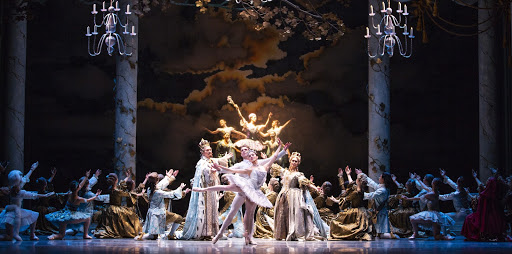
Finally, there’s a short coda with leaps and turns from both dancers and the applause is deafening. There’s simply a short mazurka for the finale and the curtain goes down on the legendary ballet.
If I have any complaints at all, it would be that some of the corps dancers don’t have enough experience with the British style of ballet. They were, perhaps, too entrenched in Balanchine technique, which didn’t read as well as the more classical Royal Academy of Dance technique would. All in all, the production was fantastic, with great dancers, incredible music performances, and the glorious 900+ costumes. The flying fairies on near-invisible wires could have easily been an overused stage effect, but it is used just sparingly enough to keep audiences excited by when it happens.
PNB’s The Sleeping Beauty runs until February 10th. https://www.pnb.org/season/sleeping-beauty/
GLOSSARY:
pas=step or dance
Pas de deux=step of two–a duet, then two solos, then a duet
Pas de trois=step of three
Variation=a short solo
Coda=the conclusion of a pas de deux or similar passage wherein the music is quick and the dancers perform tricks
Divertissement= distraction–a short dance that doesn’t affect the story

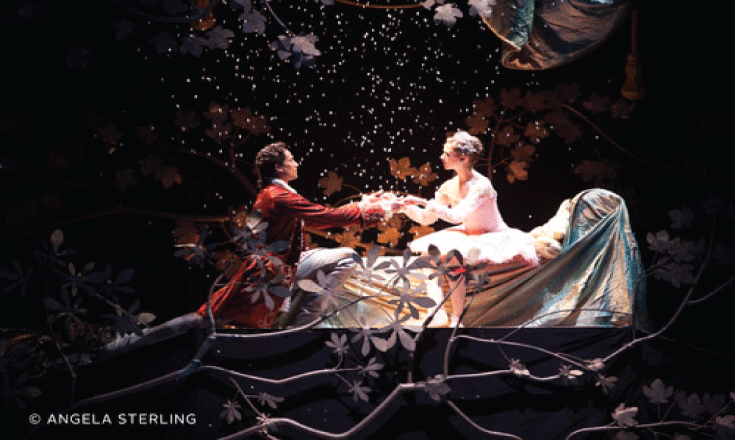
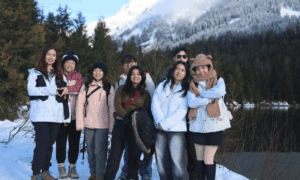
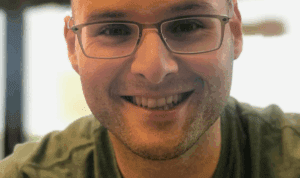

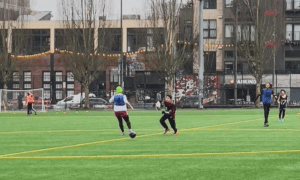
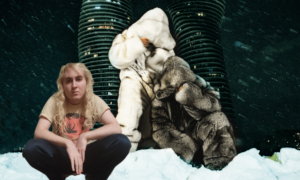
Be First to Comment